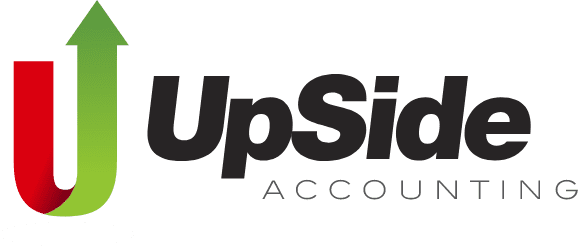As a creative business owner in Canada, it is crucial to assess your financial health regularly. Financial ratios play a vital role in understanding your company’s profitability, liquidity, and overall efficiency. By evaluating these ratios, you can make informed decisions and implement strategies to ensure the long-term success of your creative venture. In this blog, we will explore the significance of financial ratios and discuss key ratios that Canadian creative business owners should analyze.
1. Profitability Ratios:
Profitability ratios provide insights into a company’s ability to generate profits relative to its expenses and sales. Three important profitability ratios to evaluate include:
– Gross Profit Margin: This ratio represents the percentage of sales revenue after deducting the cost of goods sold. A higher gross profit margin indicates efficient production and pricing strategies.
– Net Profit Margin: This ratio measures the portion of each dollar of revenue retained as net profit after all expenses, including taxes and interest payments. A higher net profit margin signifies greater profitability and effective cost management.
– Return on Investment (ROI): ROI calculates the return generated on investments made in the business. By estimating the return percentage on the total investment, ROI measures how effectively your creative business utilizes its assets and generates profits.
2. Liquidity Ratios:
Liquidity ratios assess the ability of your creative business to meet its short-term financial obligations. Analyzing liquidity ratios ensures your business has enough cash to cover immediate expenses and unforeseen contingencies. Two key liquidity ratios to evaluate include:
– Current Ratio: This ratio compares a company’s assets to its liabilities. A current ratio greater than 1 indicates the business has sufficient assets to pay its short-term obligations.
– Quick Ratio: Also known as the acid-test ratio, it excludes inventory from current assets. This ratio provides a more conservative liquidity assessment, as inventory might not easily convert to cash. A quick ratio above 1 implies a more vital ability to meet short-term obligations.
3. Efficiency Ratios:
Efficiency ratios evaluate the effectiveness of your creative business’s use of resources and assets. These ratios help identify areas where improvements can be made to enhance productivity. Two significant efficiency ratios to consider are:
– Accounts Receivable Turnover: This ratio showcases how quickly your business collects customer payments. A higher turnover implies a more efficient credit and collection process.
– Inventory Turnover: This ratio measures how frequently inventory is sold and replaced during a specific period. A high inventory turnover ratio indicates efficient inventory management, reducing storage costs and the risk of obsolete stock.
Evaluating financial ratios is essential for assessing the health and performance of your Canadian creative business. By monitoring profitability, liquidity, and efficiency ratios, you can gain valuable insights into your business operations, make better financial decisions, and identify areas for improvement. Analyzing these ratios will help you to navigate and sustain your creative business in Canada’s competitive landscape. Remember, by keeping a close eye on your financial health, you are one step closer to achieving long-term success for your creative venture.

